As a developing economy, India has numerous developmental aspirations. How India meets these goals without worsening the climate crisis is at the heart of CSTEP's work. Addressing climate change and enabling a secure and sustainable future for Indian citizens require an overhaul of previous paradigms on development and resource utilisation. This is reflected in our work on developing low-carbon trajectories for development with an emphasis on nature-based solutions.
We are working with state governments across India to build capacity on risk and vulnerability assessments to inform their respective action plans on climate change. The transition from fossil fuels to renewable energy is crucial to achieving a secure and sustainable future. CSTEP's studies explore the possibility of a greater integration of renewables in the energy sector.
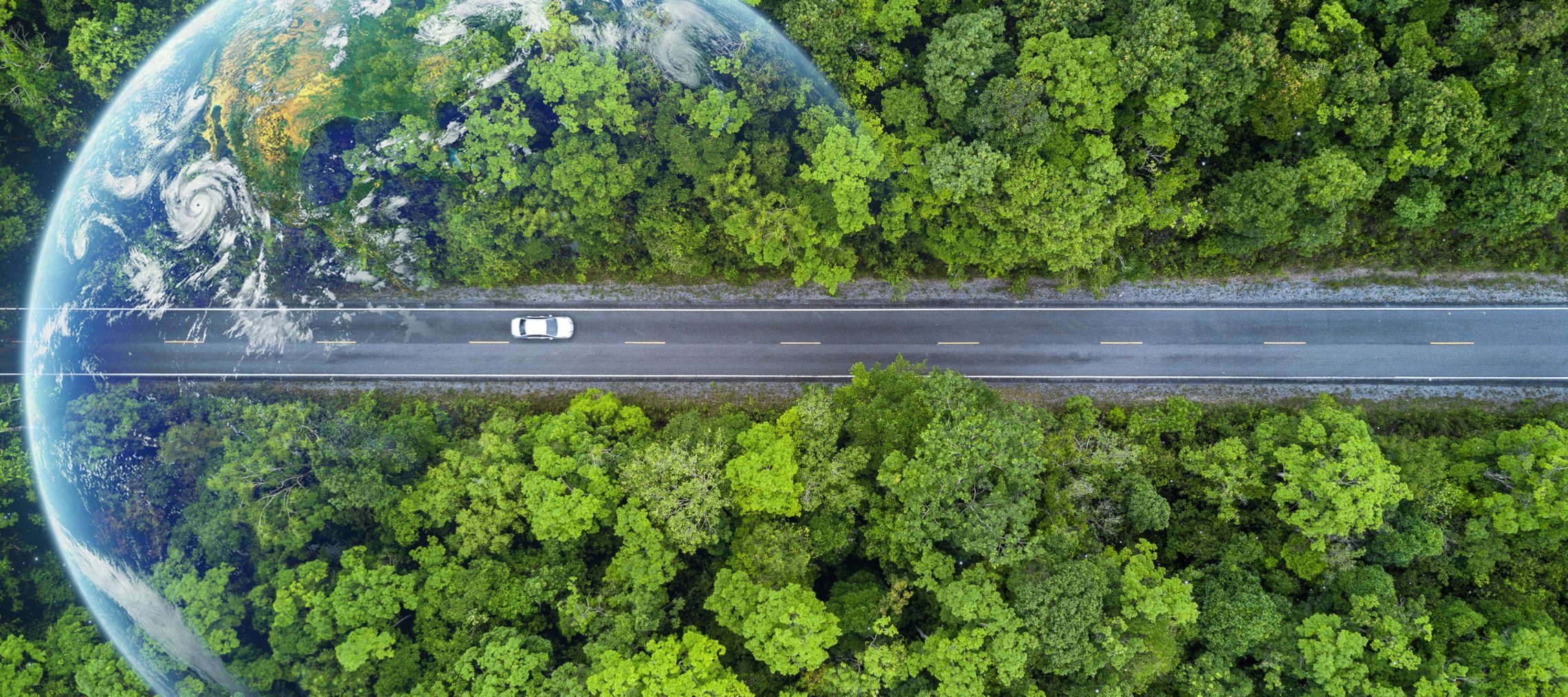
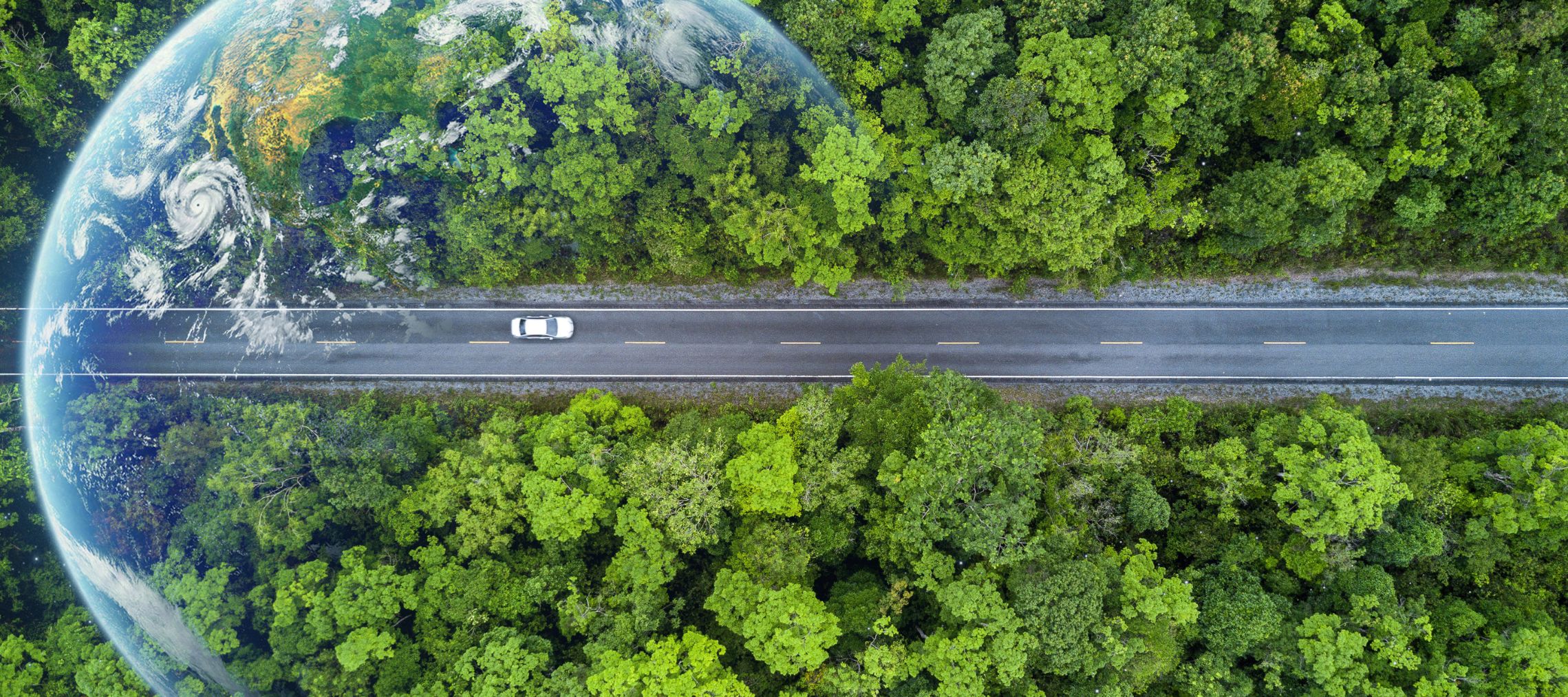



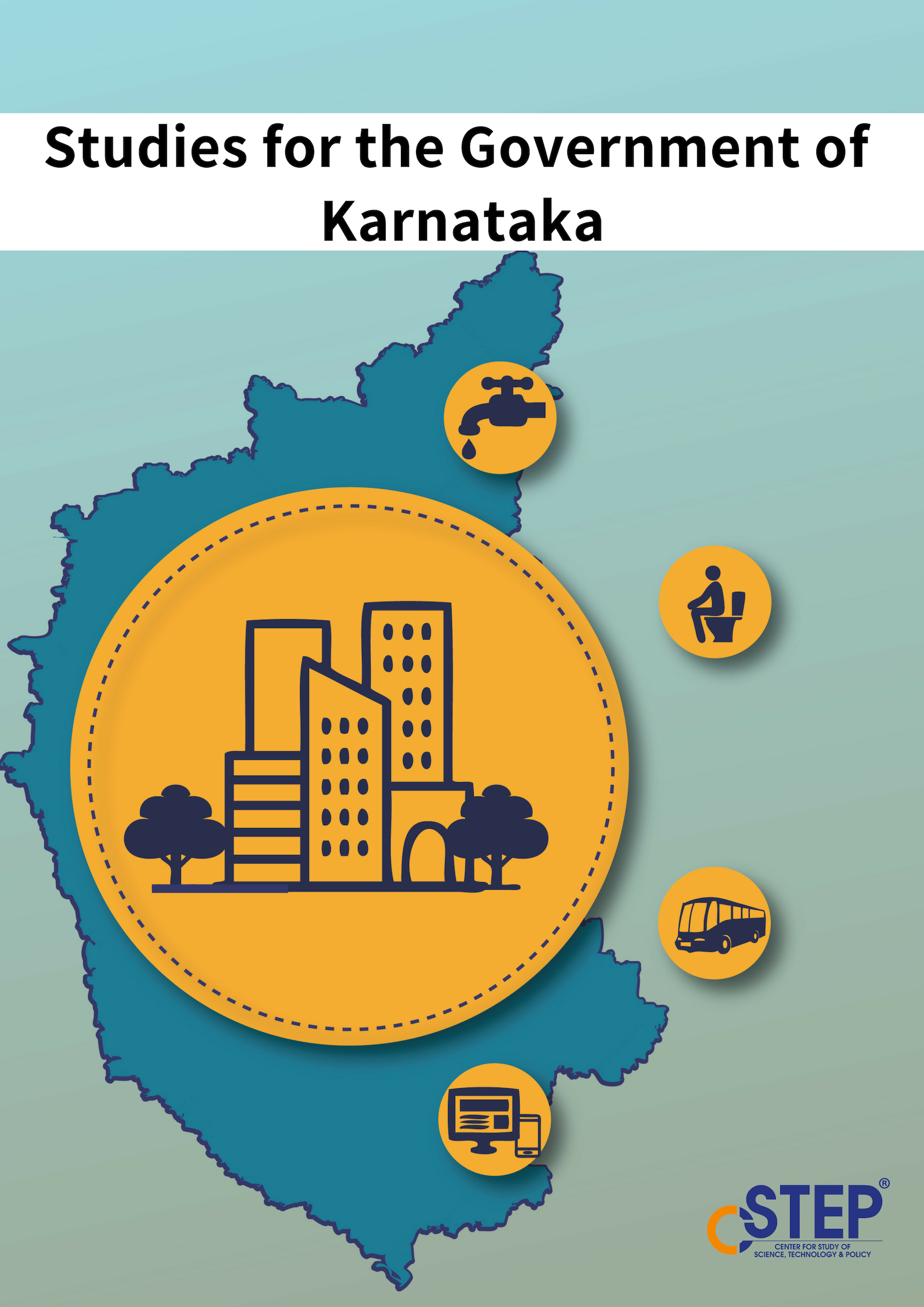
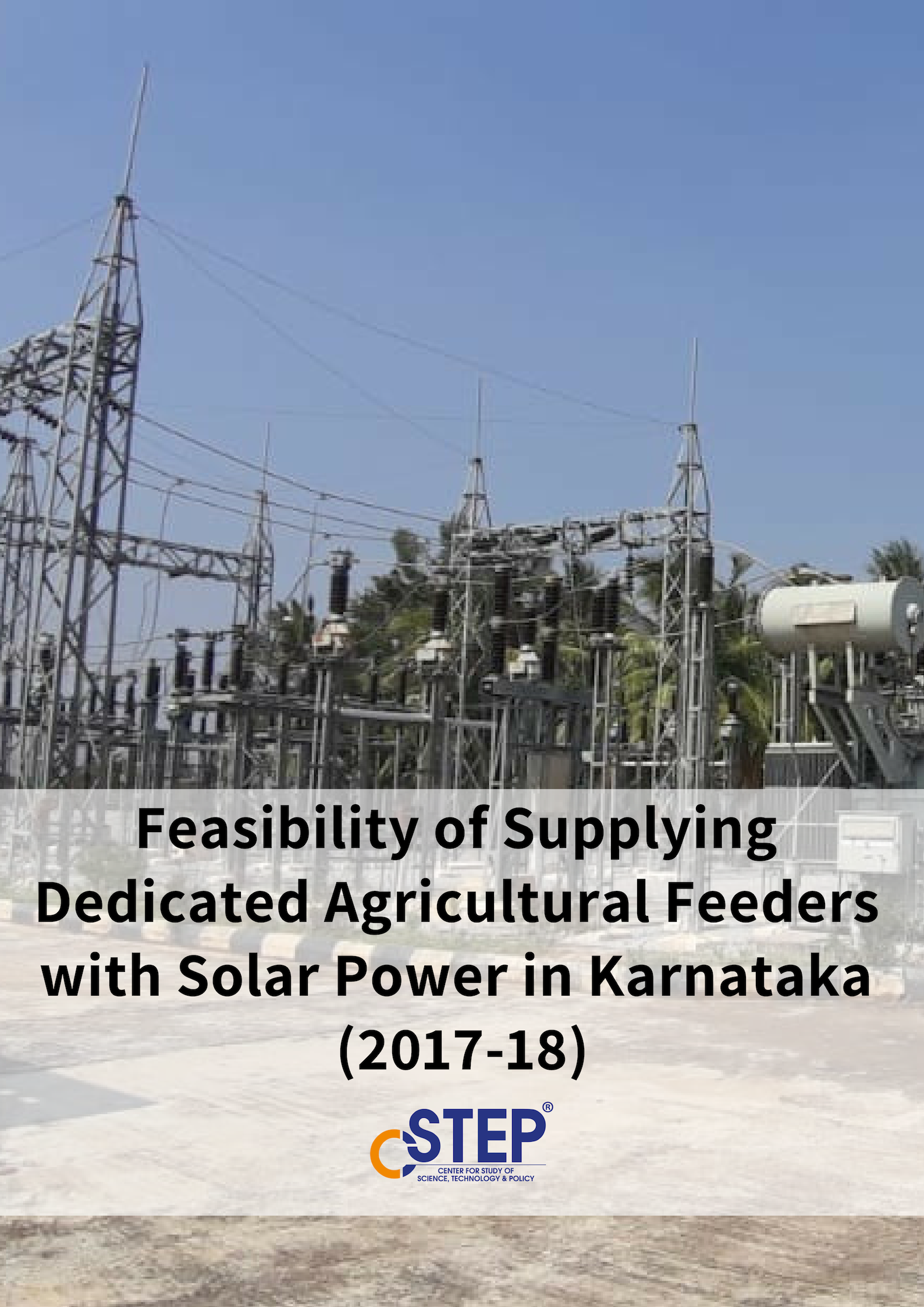
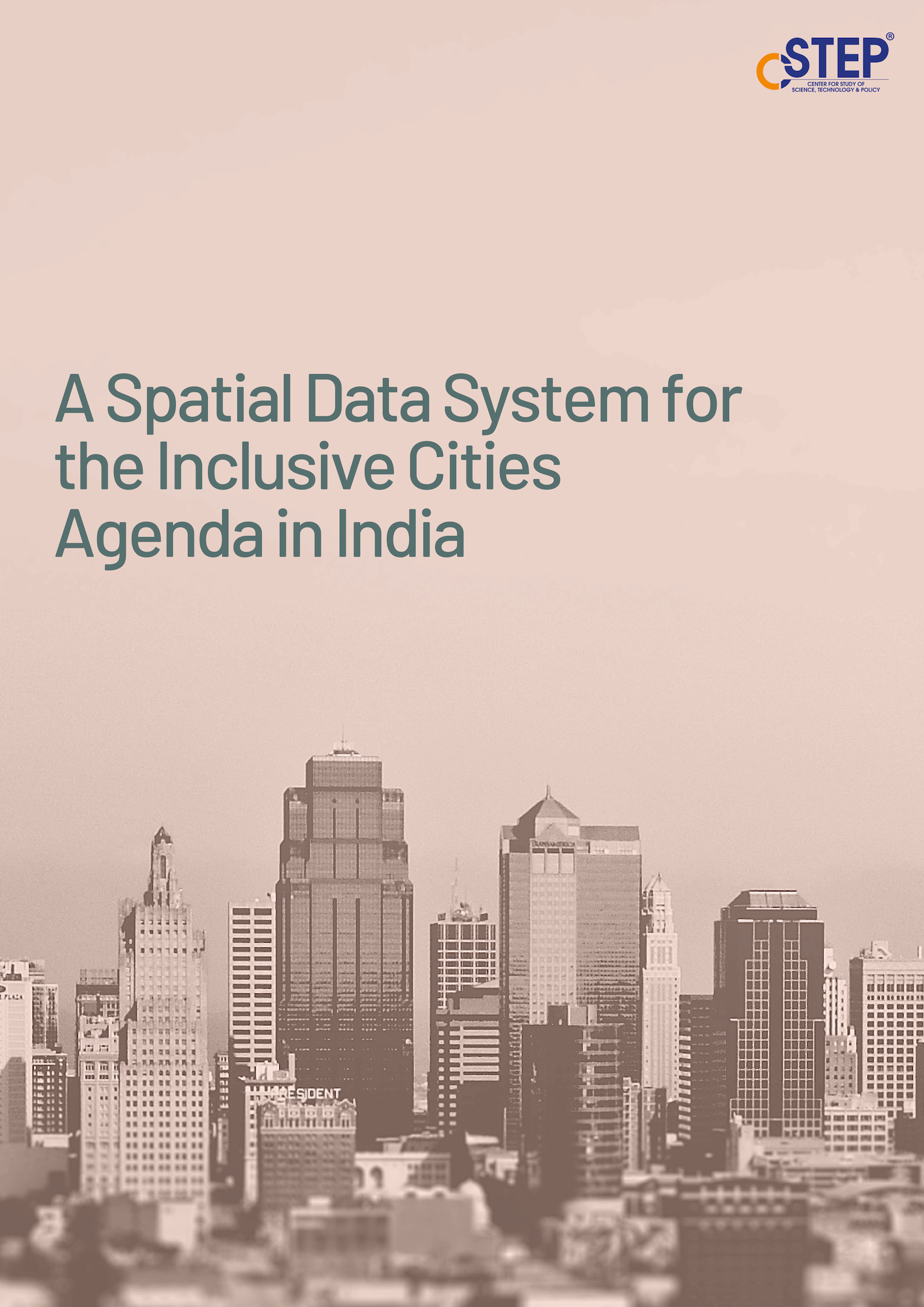
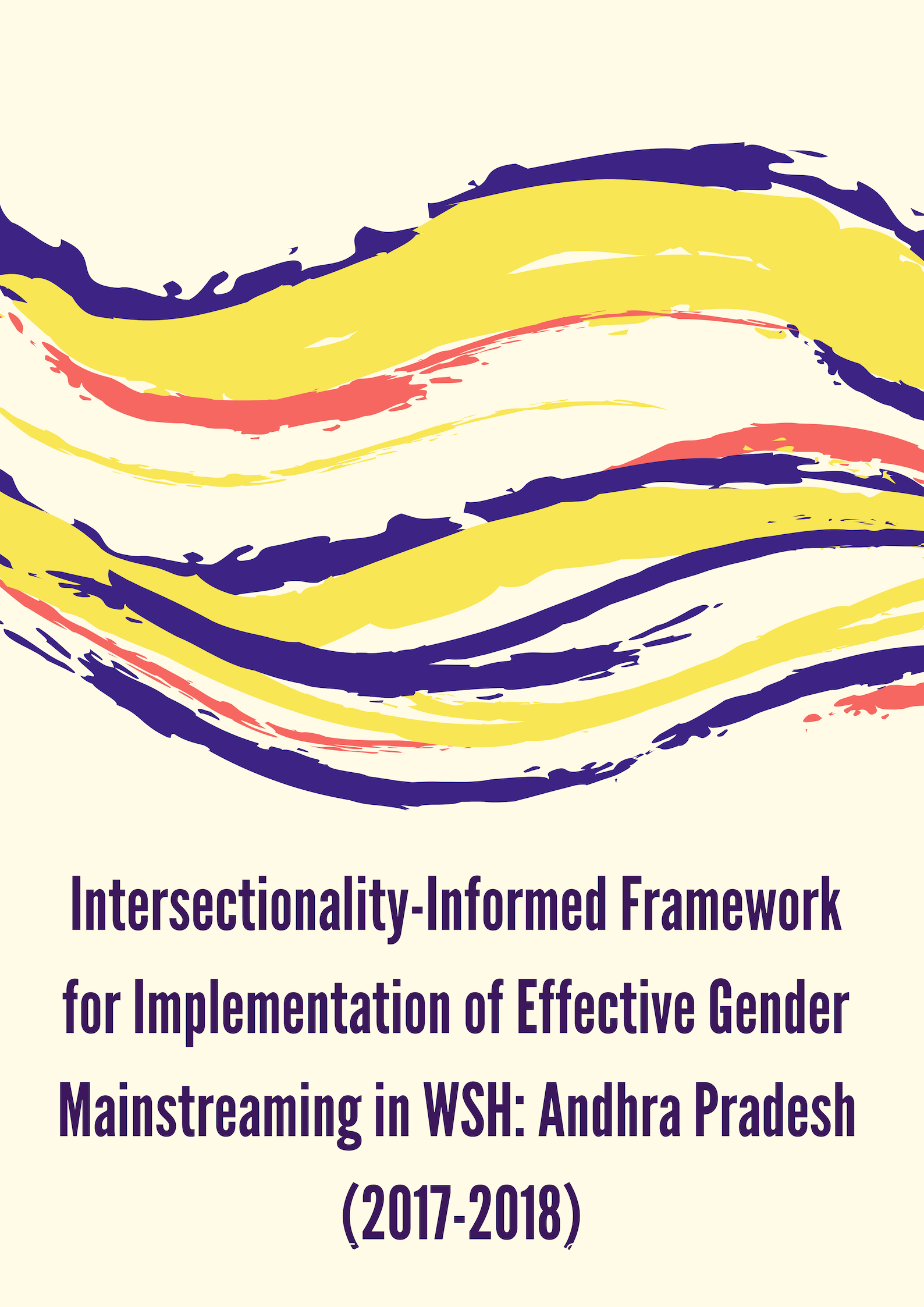
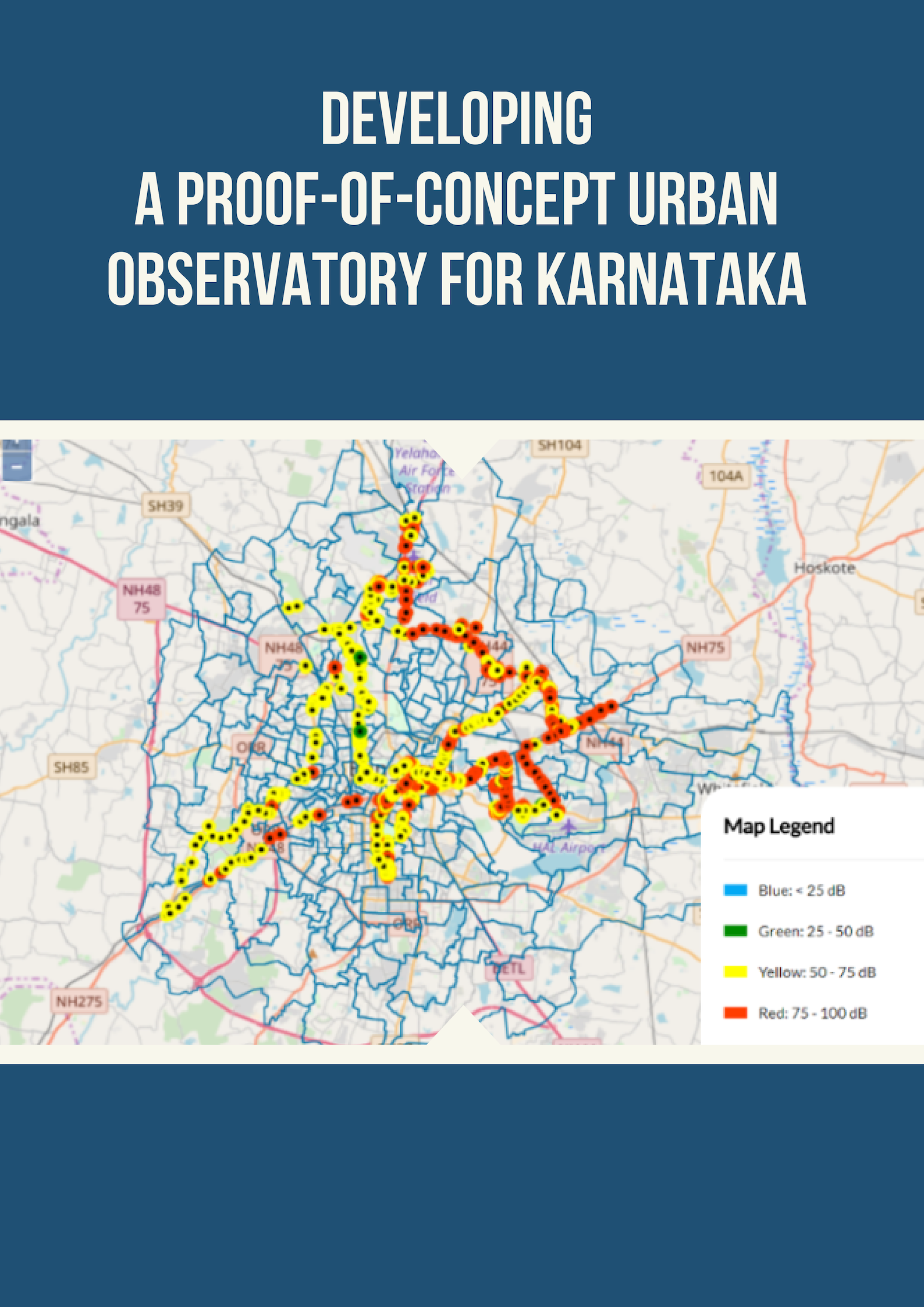
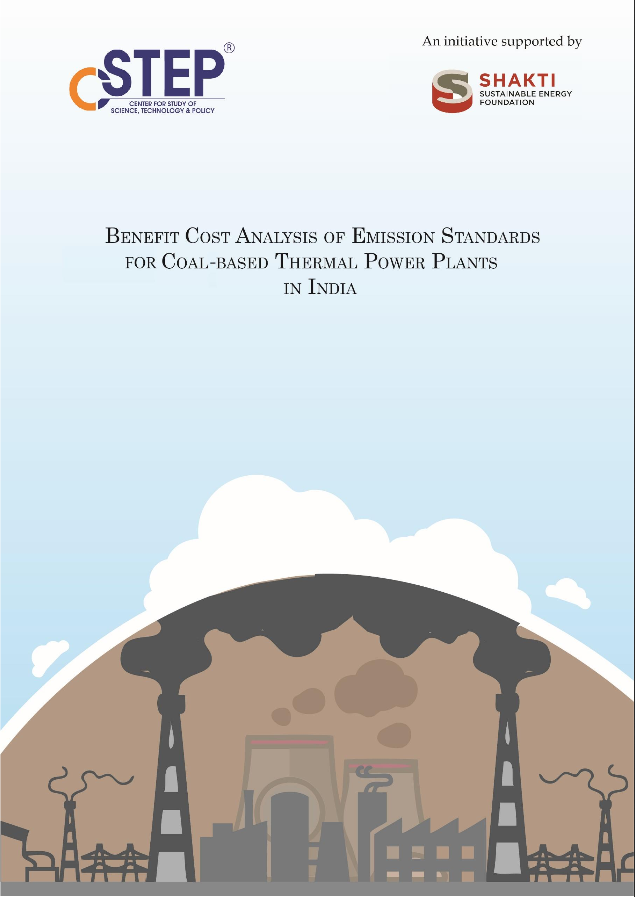
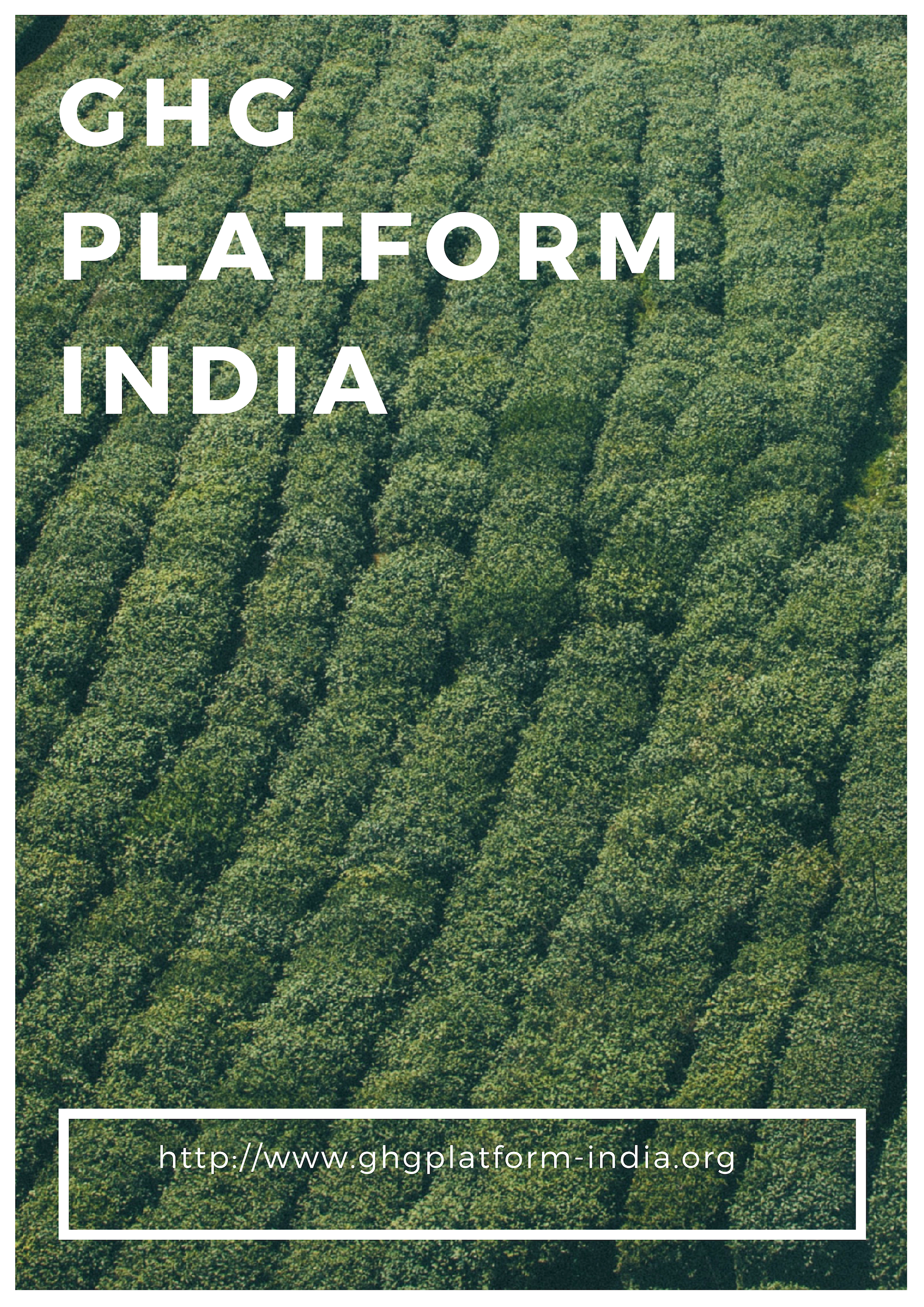






Can Indian nuclear energy’s future be small, modular, and market-driven?
With the Union Budget 2025–26 announcement of a 100 GW target for nuclear energy capacity by 2047 and Rs 20,000 crore outlay for small modular reactors (SMRs), the government’s emphasis on nuclear energy expansion is clear. There is also a clear emphasis on public–private partnerships in nuclear energy in the last two consecutive union budgets. Historically, the Department of Atomic Energy (DAE) has struggled to meet its capacity targets, largely due to challenges in securing sufficient investments.
Alternative fuel: Maximising RDF use in Karnataka's cement industry
Karnataka generated an estimated 12,140 tonnes of municipal solid waste (MSW) per day in 2023, with Bengaluru alone accounting for nearly half of this total. Much of this waste remains unsegregated, unprocessed, and left to decompose in landfills. However, this waste holds the potential to solve a major challenge in Karnataka’s cement industry.
Climate action awaits fiscal push
With sabka vikas as its theme, the Union Budget 2025-26 aims at stimulating balanced growth of all regions. Accelerating economic growth and securing inclusive development are, indeed, appropriate goals for a developing country like India.
However, in an era marked by climate change and environmental degradation, they may not be sufficient. The global climate emergency mandates that climate change mitigation and adaptation be made central to India’s economic and social policy frameworks – and in this aspect, the Budget is found wanting.
Can the 2025 union budget be a catalyst for offshore wind?
The Indian government has made commendable strides in promoting renewable energy (RE), including setting an ambitious target to auction 37 GW of offshore wind capacity by 2030. Offshore wind—a stable and reliable RE source—holds immense promise for diversifying India’s energy mix. However, achieving this goal will require significant financial and policy support. The upcoming Union Budget 2025 is an opportunity for the government to allocate additional funding and address key challenges to unlock the sector’s potential in India.
Sustainability and its interlinkages with circular economy
Ninety-one per cent of Indian companies raised their sustainability investments in 2023, and 85% of businesses worldwide increased their sustainability efforts.
